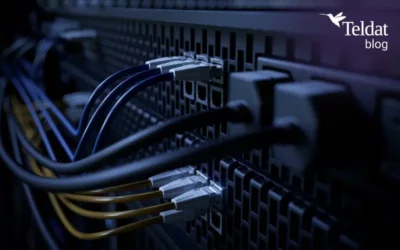
Public transport, in the form of omnibuses, made its first appearance in 1828. History tells us it was the owner of some thermal baths in Nantes (France) who hit upon the idea of providing transport from the center of the city to his establishment. This novel idea meant his baths were now accessible to everyone in the city and it wasn’t long after the appearance of this horse-drawn transport (capable of carrying up to 15 passengers) that Baudry, the owner, grasped its full potential. He realized that this service could be extended beyond his personal use and enable people, living in the center, to reach the outskirts of the city. It was at this point he founded the Enterprise Generale des Omnibus, which proved to be so successful that the idea soon spread to cities such as New York and London.
From there on, cities and engineering continued to evolve until, in 1831, the first self-propelled vehicle made its appearance powered by steam. Subsequently, in 1895, the first gasoline driven bus emerged (invented by Benz), which further facilized public transport. At this point, a new demand arose: the need for more seats. Previously, these vehicles were only capable of carrying some 6 passengers, with two drivers and a conductor travelling on the outside.
As the automotive world continued to grow and change, buses increased in size, improved in comfort and efficiency before finally evolving into the type of vehicle we see today. Until 2007 that is! That year saw the first rollout of smartphones and the beginnings of change (particularly on long-haul trips), in passenger needs, which lead to the subsequent demand for on-board Wi-Fi services.
High data costs and the ever-increasing use of smartphones for internet browsing, games and video streaming, converted the installation of multiservice communication platforms, offering on-board Wi-Fi and other real-time communication services, into a must.
But it didn’t stop there. In order to resolve the high demand for on-board Wi-Fi, numerous tools were developed so bus companies could provide quality service. These tools for transport communication included:
Captive portal
- Companies can custom design and configure their own on-board Wi-Fi user Access pages, allowing them to:
Add advertising. - Control user access and charge for the service.
- Gather user information, helpful when coming up with company statistics (returning customers, age, etc.).
Establish browser limitations (such as time, data use, etc.).
Content filtering tools
- Allowing companies to block certain categories or webpages they don’t want their customers to use (violent or inappropriate content, for example). Thanks to content and application filtering tools, Internet safety can be guaranteed.
Signal quality
- To avoid poor coverage areas and customer complaints of little to no signal, tools to determine the quality of signal along the bus route are used. The companies, therefore, have the information they need to decide on the best routes for their vehicles and the ability to control their contracted data charges.
At Teldat, we are ready to meet the latest technological needs of bus companies. Not only do we offer transport communication platforms for on-board Wi-Fi, but also provide a wide range of software tools that guarantee the highest possible level of security and quality of service.

























